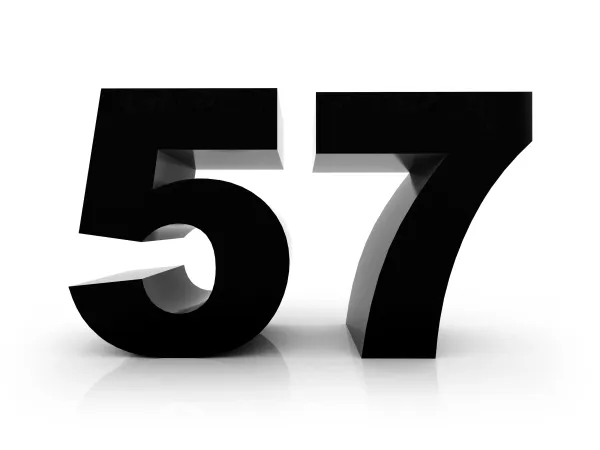Neurology & Pain Management Coding Alert
ICD-10 Coding:
Make Movement Disorder Dx a Sure Thing by Knowing G20-G26
Published on Wed Apr 20, 2022

You’ve reached your limit of free articles. Already a subscriber? Log in.
Not a subscriber? Subscribe today to continue reading this article. Plus, you’ll get:
- Simple explanations of current healthcare regulations and payer programs
- Real-world reporting scenarios solved by our expert coders
- Industry news, such as MAC and RAC activities, the OIG Work Plan, and CERT reports
- Instant access to every article ever published in Revenue Cycle Insider
- 6 annual AAPC-approved CEUs
- The latest updates for CPT®, ICD-10-CM, HCPCS Level II, NCCI edits, modifiers, compliance, technology, practice management, and more
Related Articles
Other Articles in this issue of
Neurology & Pain Management Coding Alert
- Injections:
Use These Tips to Get Your Courage up for Nerve Injection Claims
Do you know the difference between trigeminal and greater occipital nerves? Two common nerve injections [...] - ICD-10 Coding:
Make Movement Disorder Dx a Sure Thing by Knowing G20-G26
Parkinson’s isn’t the only disorder in the group. Coders whose knowledge of movement disorders begins [...] - E/M Coding:
VANDALISM Helps Confirm Hospital Care Components
Mnemonic device can help you ace hospital claims. For coders of providers who don’t spend [...] - You Be the Coder:
Migraine With Prodrome
Question: During a level-three office evaluation and management (E/M) service for a new patient, the provider [...] - Reader Questions:
Connecting Immunosuppression and RA? Not so Fast
Question: Notes indicate a patient is suffering from immunosuppression due to the rheumatoid arthritis (RA)? Can [...] - Reader Questions:
Do Some Digging to Find Muscular Dystrophy Dx
Question: What is the diagnosis code for a patient with muscular dystrophy? Alabama Subscriber Answer: That question [...] - Reader Questions:
#Resequenced Is Always Trending in CPT® Manual
Question: The provider performed a spinal puncture for a patient. I was perusing this section of [...] - Reader Questions:
Throw Yourself Into ICD-10 Manual for Tough Discitis Dx
Question: The provider performed a level-four office evaluation an management (E/M) service for a patient that [...] - Reader Questions:
Look at This HIPAA Advice
Question: Can we switch to gap analysis of how we implement HIPAA compliance instead of performing [...] - Reader Questions:
Multiple-Region Myelographies Mean Using These Codes
Question: How do I report myelography? And does this change if we are reporting more than [...]
View All




